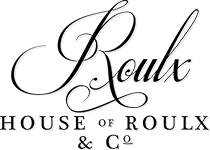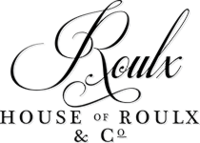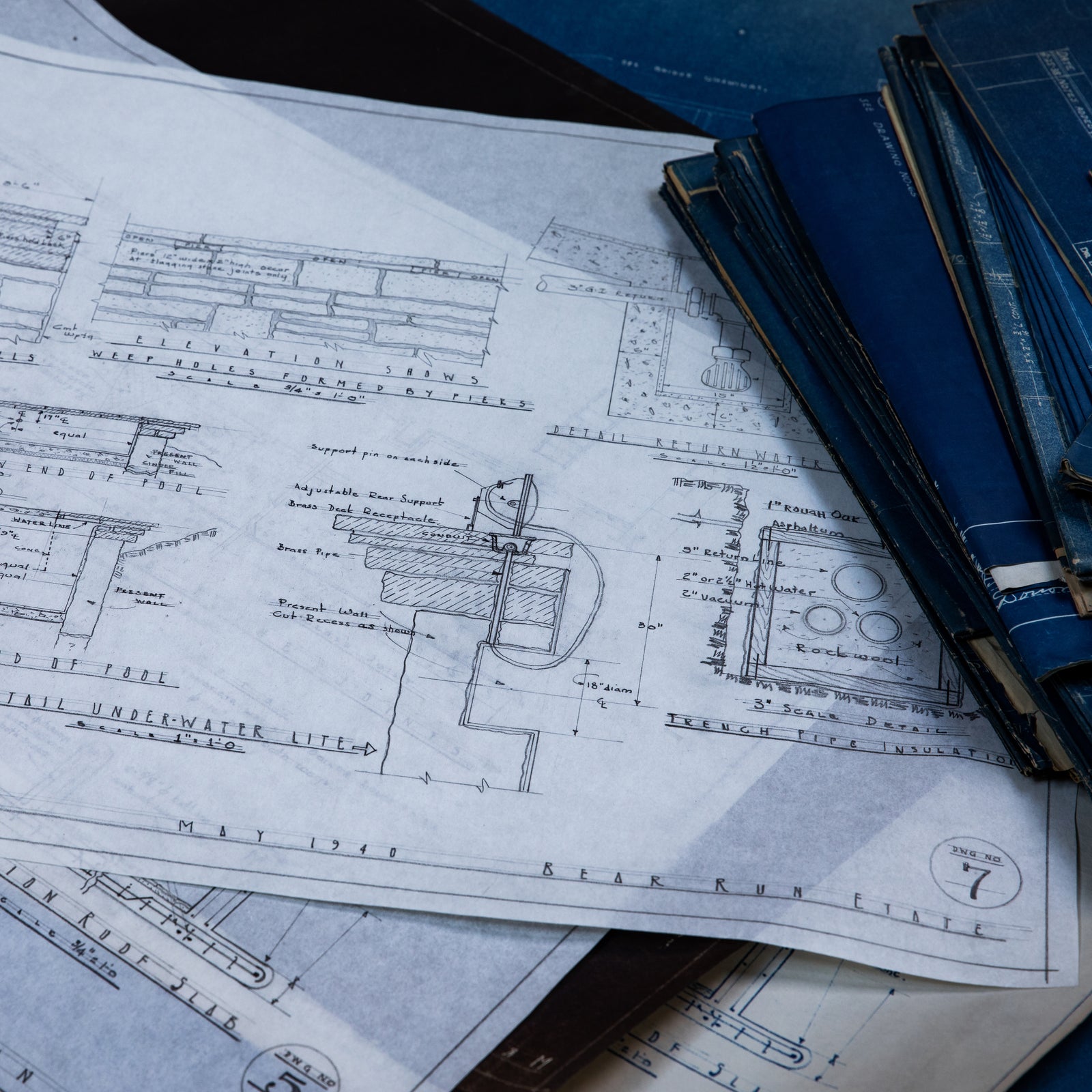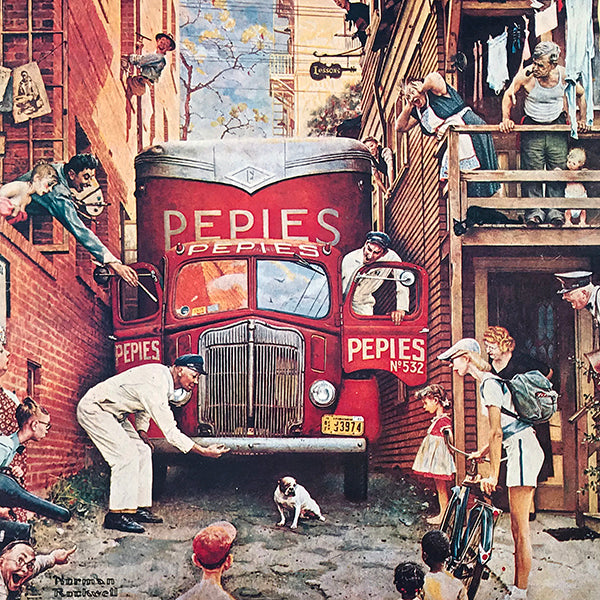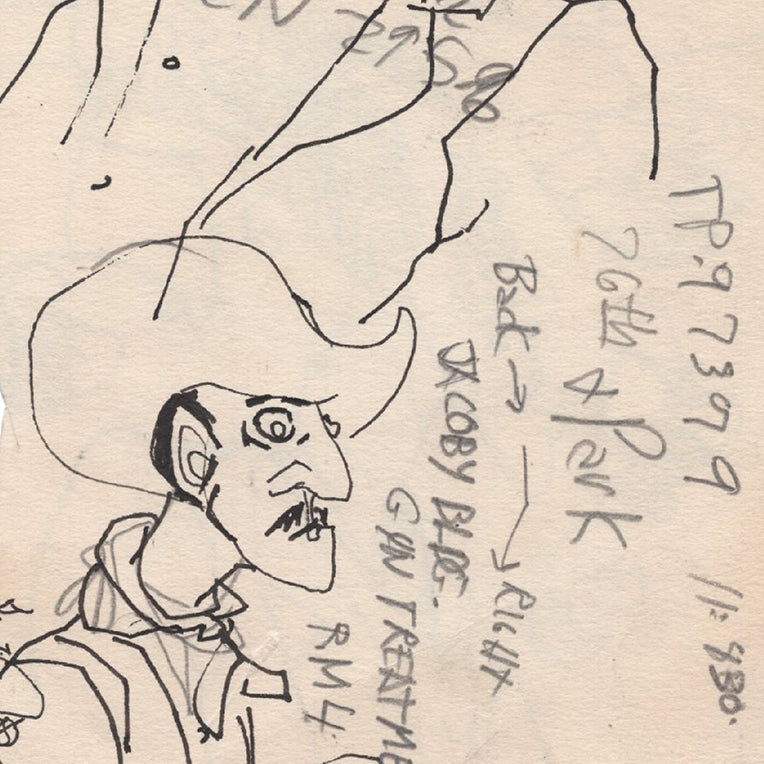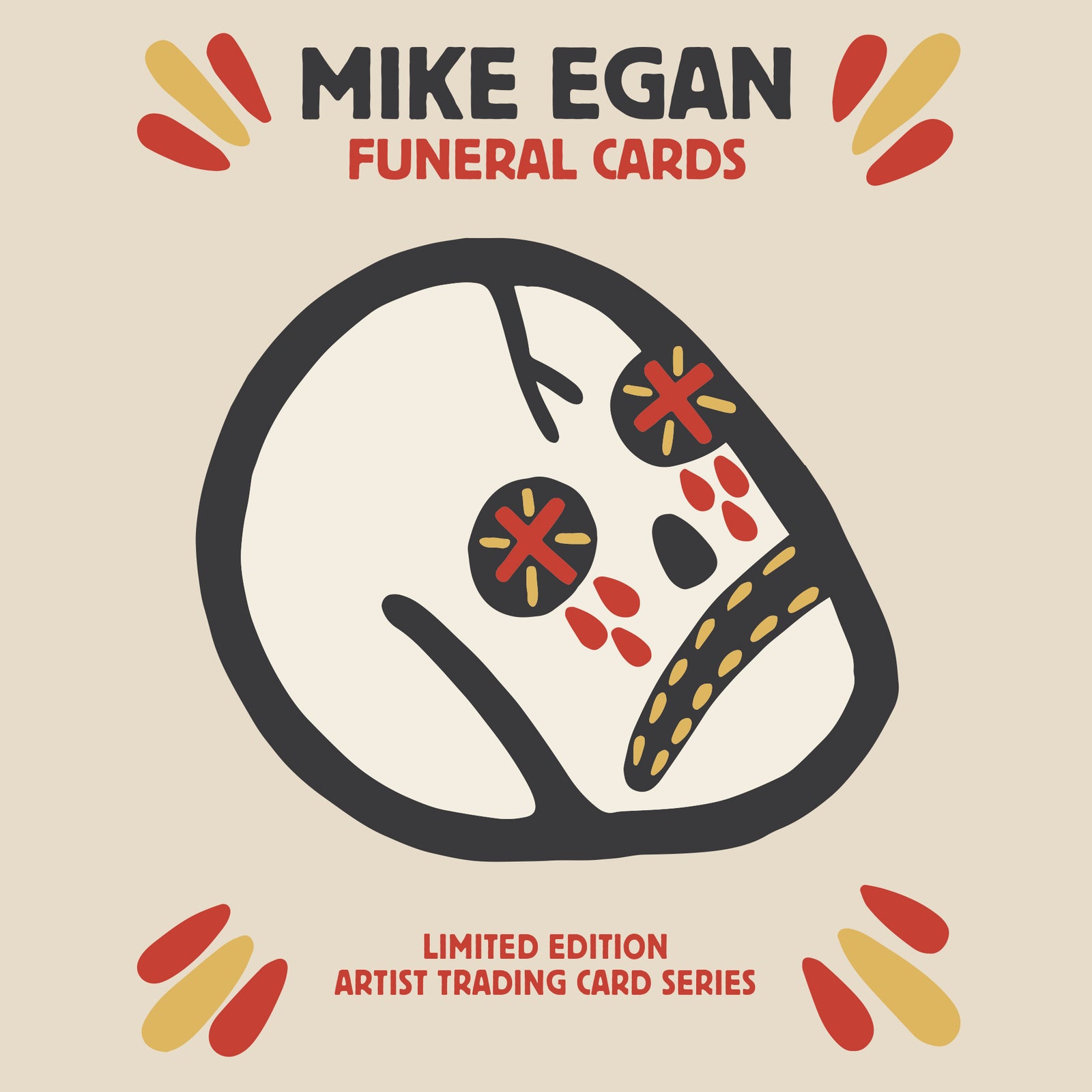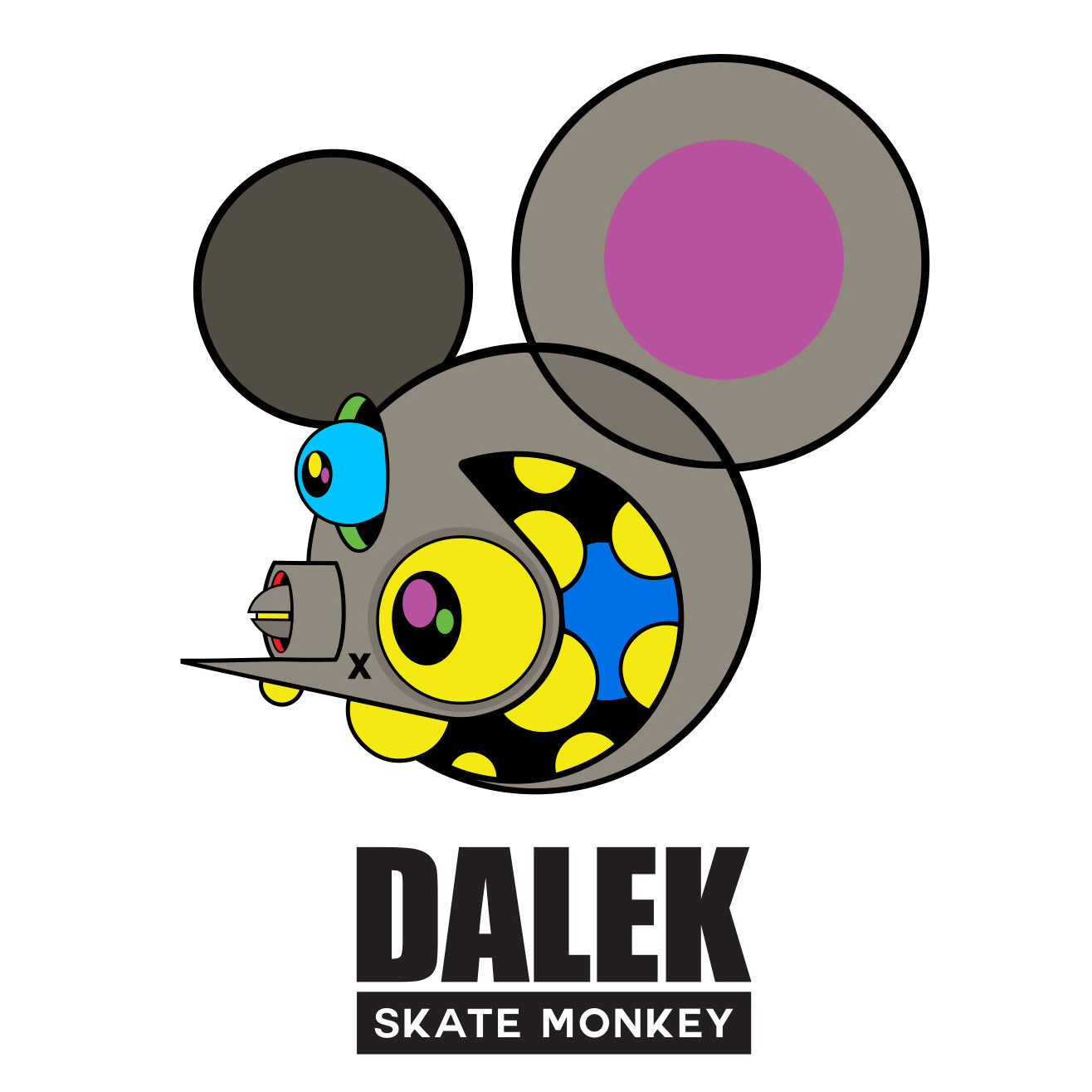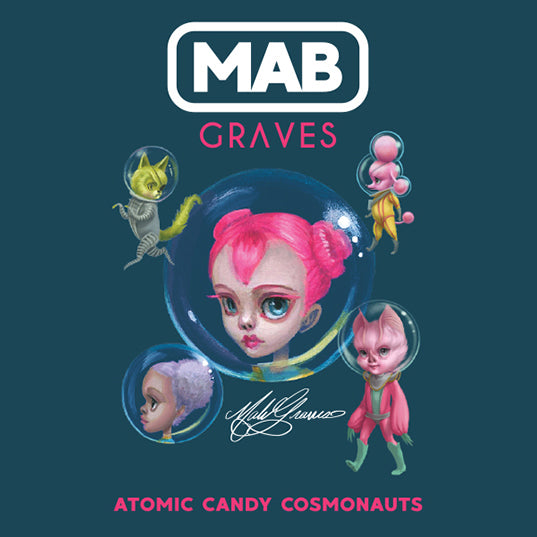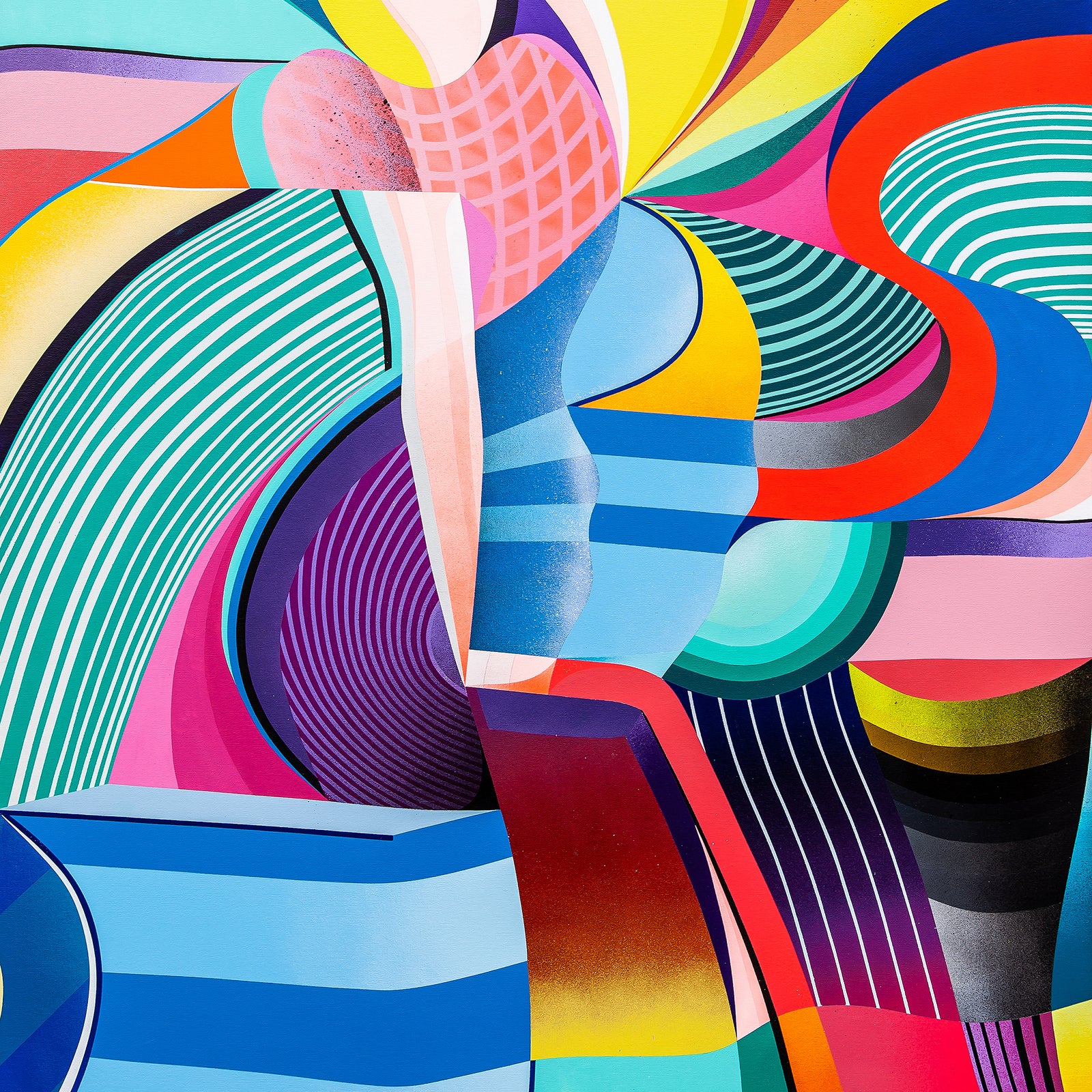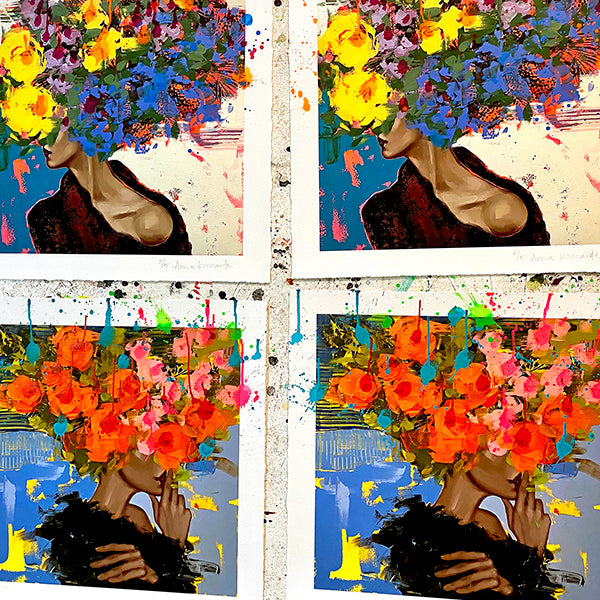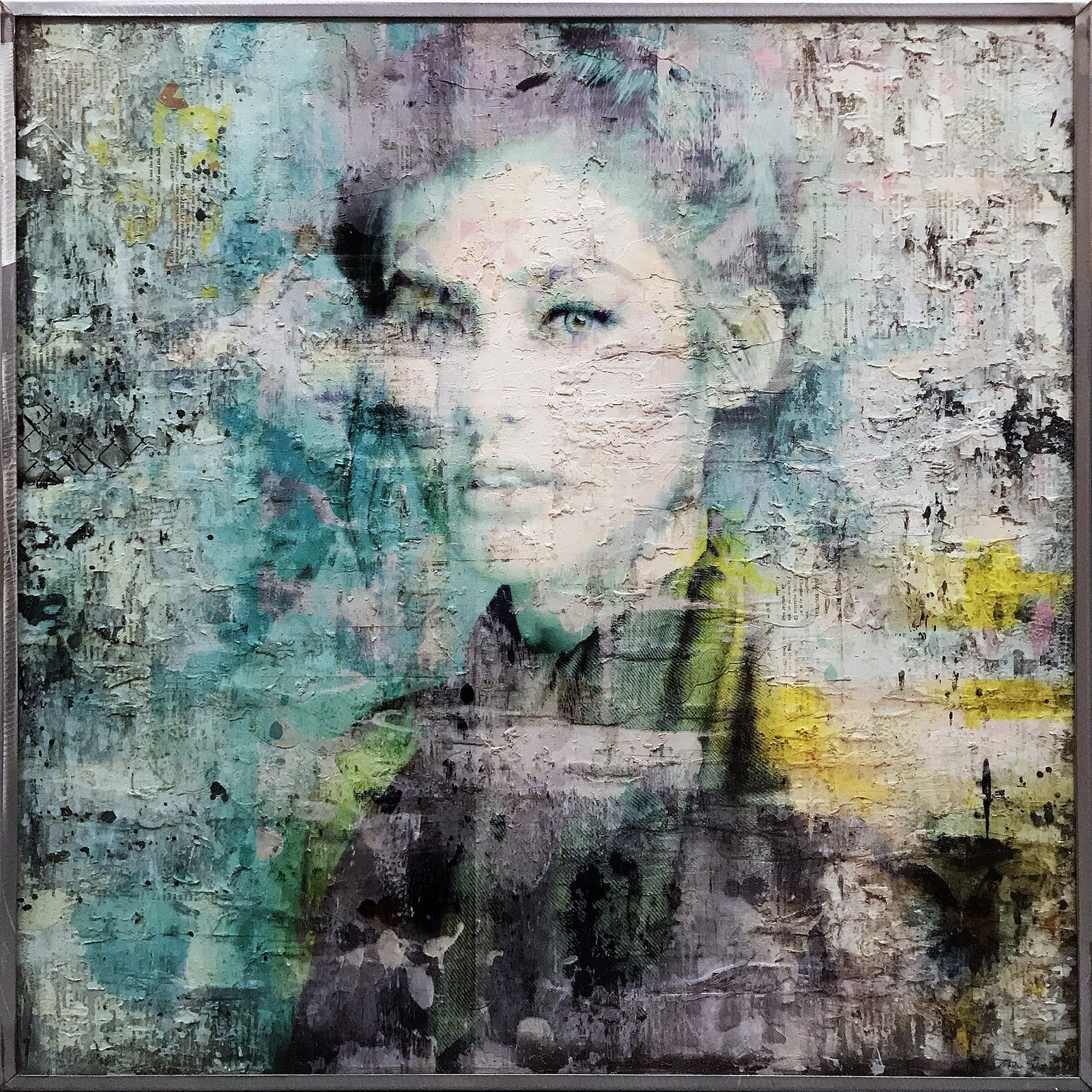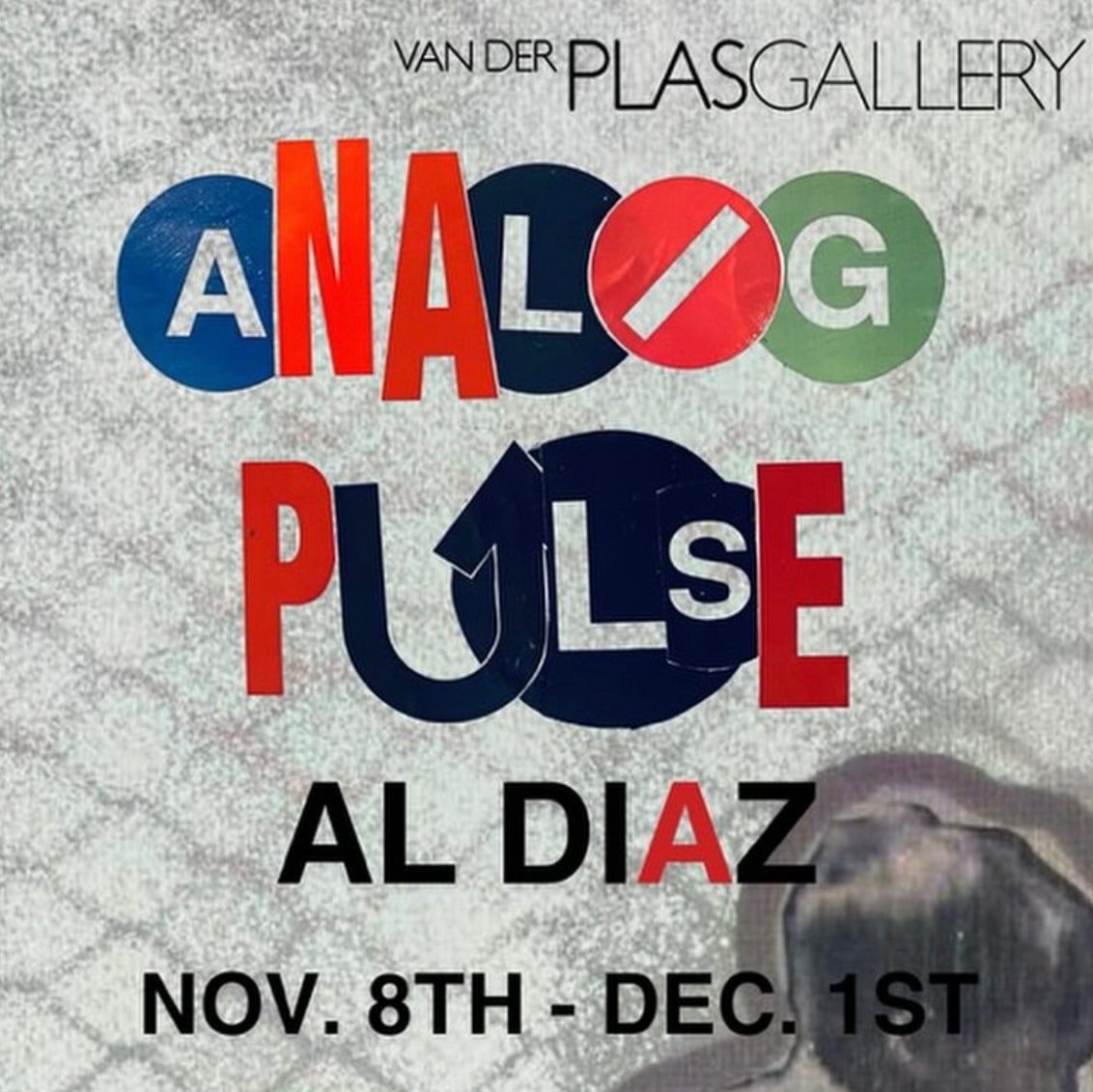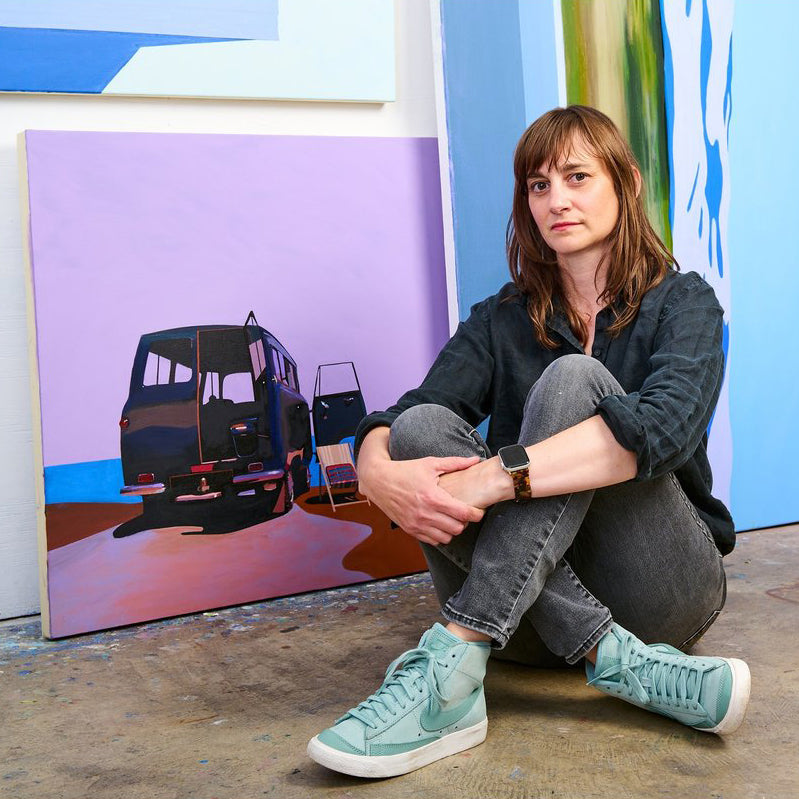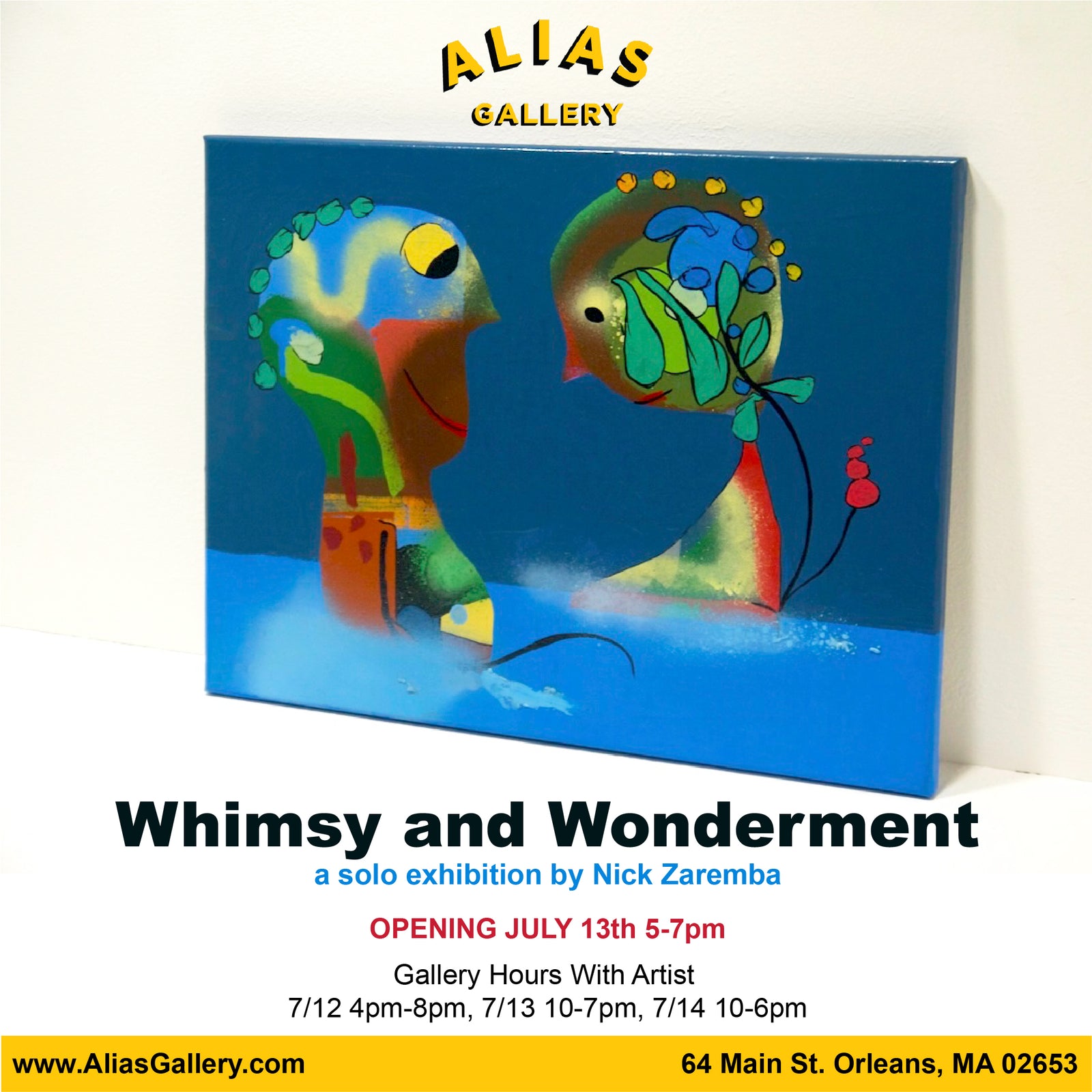VIEW OUR BRIAN HOFFMAN COLLECTION
The politically-driven art of Brian Hoffman has us feeling some type of way

He takes popular imagery from icons both past and present and twists them in ways he deems bold and exciting — hoping to draw out not only a visually entertaining piece, but also a politically motivating one for the masses. Or maybe you just like the color red. He’s got a lot of that for you to enjoy, too.
Location: Boston, Mass.
Three favorite snacks: Sour Patch Kids (also Sour Patch Watermelon), Stacy’s Simply Naked Pita Chips with Kalamata Olive Hummus and cashews.
Pluto: is it a real planet yes or no? I think it is. Yes. They call it a ‘dwarf planet’ now so there’s that.
Hye Brian! Tell us a bit about yourself and what you do.
I’m a designer, illustrator and printmaker. I also play bass in an eclectic punk rock band. That’s a story for another day. My work tends to be a tad subversive, slightly surreal yet familiar because I enjoy messing with the innocence and beauty of things. These days, I’m more of a ‘digital printmaker’ — I incorporate traditional printmaking textures and treatments (etching, woodblock, lithography, etc.) using the Mac as a tool, just like a pencil or paintbrush.
Would you say you've always been an artist or did you start at a specific time in life?
From an early age, I took a strong liking to art, so my parents signed me up for art classes at a local art museum. I’ve always enjoyed drawing, painting and learning about art history. I would constantly read books of artists I loved, but also of many I didn’t know very well. This all helped shape my thinking and drove my passion for it.
What is it about recognizable pop figures you're most attracted to?
Their personalities and depth, or lack thereof. Generally, I’m speaking in the cartoon sense of it. At least for most of the imagery I seek out and modify. Like most everyone, I grew up watching cartoons, so they definitely made a lasting impression and spilled out into the work. As for pop figures, many of them make it easy to evoke an emotion or a fun play on words for a concept and design.
Who would you say most inspired your work (artists or other people in your life)?
Edward Hopper, Roy Lichtenstein, Bauhaus, Ashcan School, Franz Kline, Jasper Johns, and last but not least, Andrei ‘The General’ Krutov!
If you could collaborate with any major artist, who would it be and why?
Great question. I’ve actually had the honor and pleasure of collaborating with Dave Navarro (aka @lifeafterdeathstreet on IG) on a good number of things. We’ve recently released a limited-edition print drop through House of Roulx. He’s awesome in the way his mind works, and his work ethic is insane. We met up on Instagram a while back and became fans of each other’s work, which lead to some street art and print design collaborations. Working with him is extremely seamless and satisfying, but most of all, fun. Just a great guy all around.
Describe some of the themes in your pieces. Is there a message behind them?
It's plain to see the propaganda-style visuals and design in the work I do. I am drawn to the visceral boldness of black and red, clean typography and mixing different styles together. Inspiration also comes from vintage patterns, retro illustration and traditional graphic design techniques. Primarily, the themes range from the news of the world, to childhood memories, feelings and experiences.
Would you consider yourself more of a street artist or gallery artist (or is there even a difference)?
Many would say there isn’t a difference. People go to galleries to see art and hopefully feel/learn something from it. The exact same principles apply to street art. It’s storytelling from so many different voices. I have work in galleries and work painted on walls. They can be somewhat interchangeable. I don’t think too much about it or limit my thinking. I enjoy focusing on the process and seeing how it translates to wherever it ends up.
Do you think the country does enough to promote the arts?
I recently came across a report, Americans Speak Out About Art by Americans for the Arts. One statistic reads: ‘The arts provide meaning to our lives.’ Sixty-three percent of the population believe the arts ‘lift me up beyond everyday experiences,’ 64 percent feel the arts give them ‘pure pleasure to experience and participate in,’ and 73 percent say the arts are a ‘positive experience in a troubled world.’
I’d like to believe that many people are cognizant of the importance of the arts for the wellbeing of society and the times we live in. I’ve worked with selfless gallerists and art promoters who constantly strive to give artists a voice and an audience. It’s very promising and comforting to see these efforts in action.
